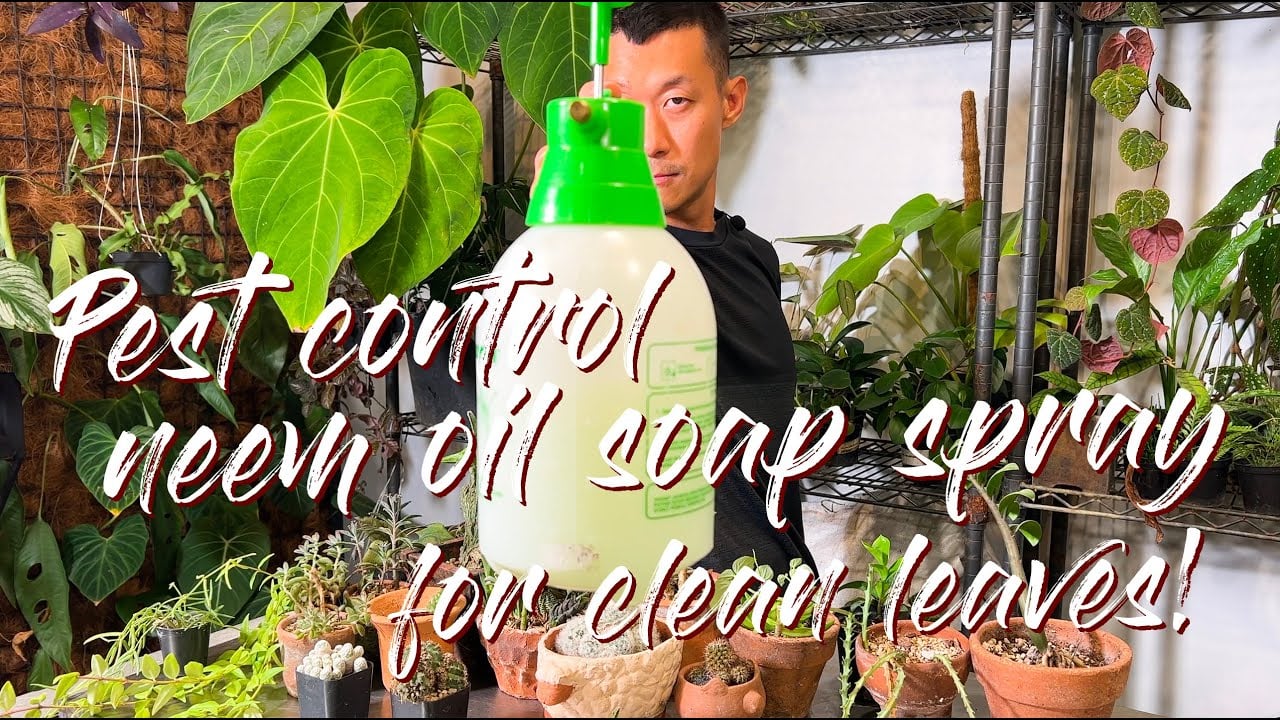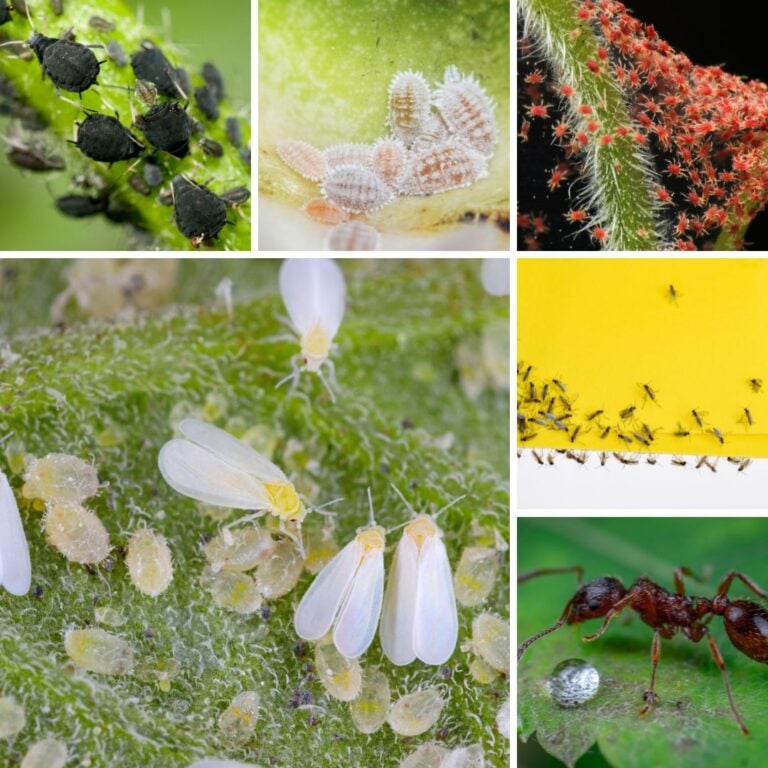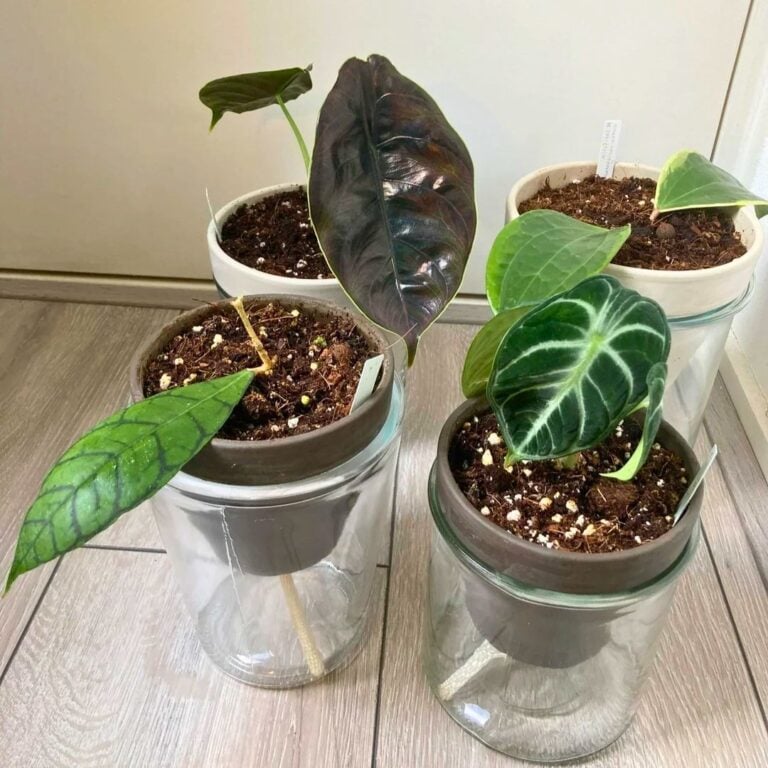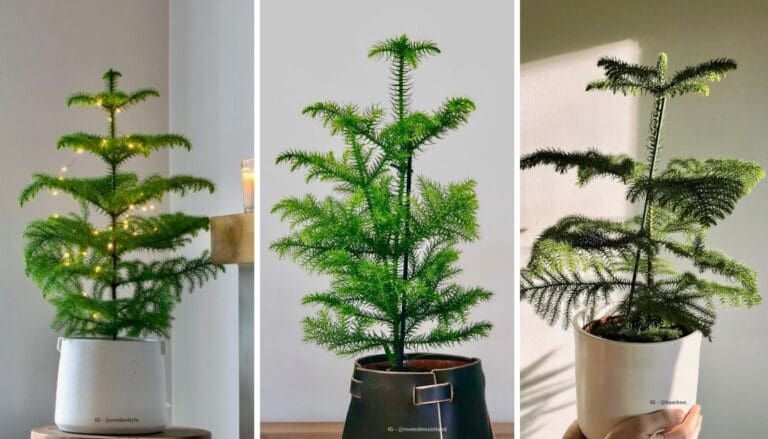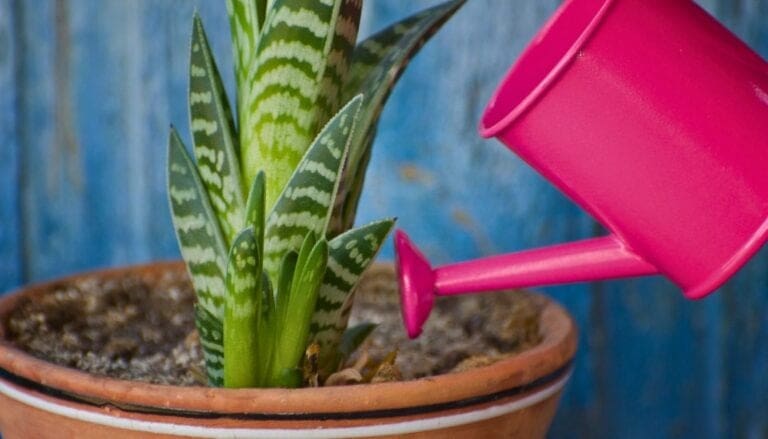8 Quick Fixes for Houseplant Pest Problems That Pop Up in Summer
I really enjoy having houseplants around, especially in the summer months. But as soon as it gets warm, those sneaky little pests always seem to find a way onto my favorite plants.
I’ve picked up a few quick tricks for handling common houseplant pests so my plants don’t end up looking sad. Jumping on pest problems early keeps things way less stressful for me.
Please note: Simplify Plants is reader-supported. As an Amazon Associate, I earn from qualifying purchases made by our readers with no extra cost added to you all! Some links in the post are affiliate links and I get a commission from purchases made through links in the post.
1) Inspect plants daily for signs of aphids
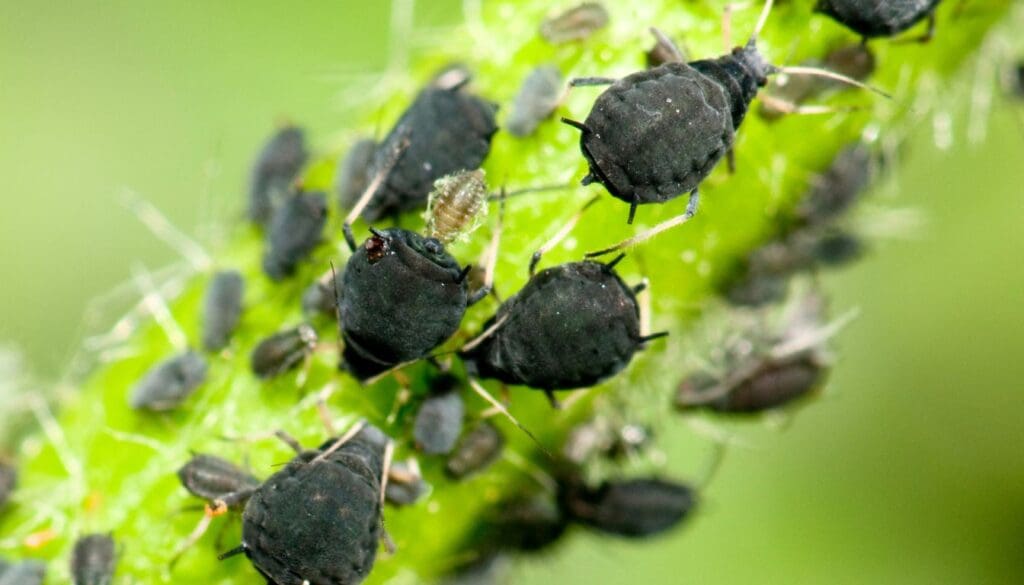
I make it a point to check my houseplants every day during the summer. Aphids love the heat and can show up out of nowhere.
They’re usually green, but sometimes you’ll see black, brown, or even white ones. I focus on new leaves, stems, and especially the undersides.
Aphids like to hide on the bottom of leaves, sucking out plant sap. If I spot sticky stuff or shiny residue, I know aphids are probably to blame.
Curled or yellowing leaves are another clue. That’s usually a sign the plant is stressed by bugs.
Spotting aphids early makes life so much easier. I’ll grab a magnifying glass if I have to, since they’re tiny.
I just do this quick check when I water my plants. It doesn’t take long, but it really helps.
Catching aphids early means they don’t get a chance to spread. I’d rather deal with a few bugs than a whole infestation.
Honestly, sticking with daily checks is my best defense for a pest-free summer.
2) Spray neem oil on affected leaves
When I spot bugs, I go straight for neem oil. It’s natural and works well on aphids, spider mites, and mealybugs.
I mix a little neem oil with water and a drop of mild dish soap—the soap helps the oil stick. I give the bottle a good shake before spraying.
I make sure to cover the tops and bottoms of leaves. Bugs love hiding underneath, so I don’t rush.
I try to spray in the evening or early morning. Wet leaves in the sun can get burnt, which is the last thing I want.
A few days later, I check again. If I still see bugs, I’ll spray again in about a week.
Neem oil is usually safe for most houseplants, but I always test a small area first. Better safe than sorry.
I wear gloves because neem oil is messy, and I keep pets and kids away until the leaves are dry.
The smell is pretty strong at first, but it fades. I open a window to help air things out.
I don’t overdo it—too much oil can clog up the leaves. Only the plants with pests get sprayed.
Neem oil is a staple for me. It’s a solid, natural fix for pest problems that show up in the summer.
3) Use insecticidal soap to treat spider mites

If I notice tiny webs or speckled leaves, I check for spider mites. They thrive in warm, dry air and can take over fast.
I use insecticidal soap because it kills mites but doesn’t hurt most houseplants. I always double-check that the soap is safe for indoor plants.
I spray every part of the plant, especially underneath the leaves. That’s where the mites usually hang out.
It’s important to coat the whole plant. Miss a spot, and the mites will just come back.
I repeat the treatment every few days for a week or two. That way, I know I’m getting all of them.
If I can, I move the plant away from others while I treat it. No sense letting mites hop to my other plants.
After a few rounds, I check for new webs or spots. If I see any, I keep spraying.
Insecticidal soap is gentle but effective. It’s easy to find and doesn’t take much effort.
With a little patience, my plants bounce back and look good as new.
4) Introduce ladybugs as natural predators
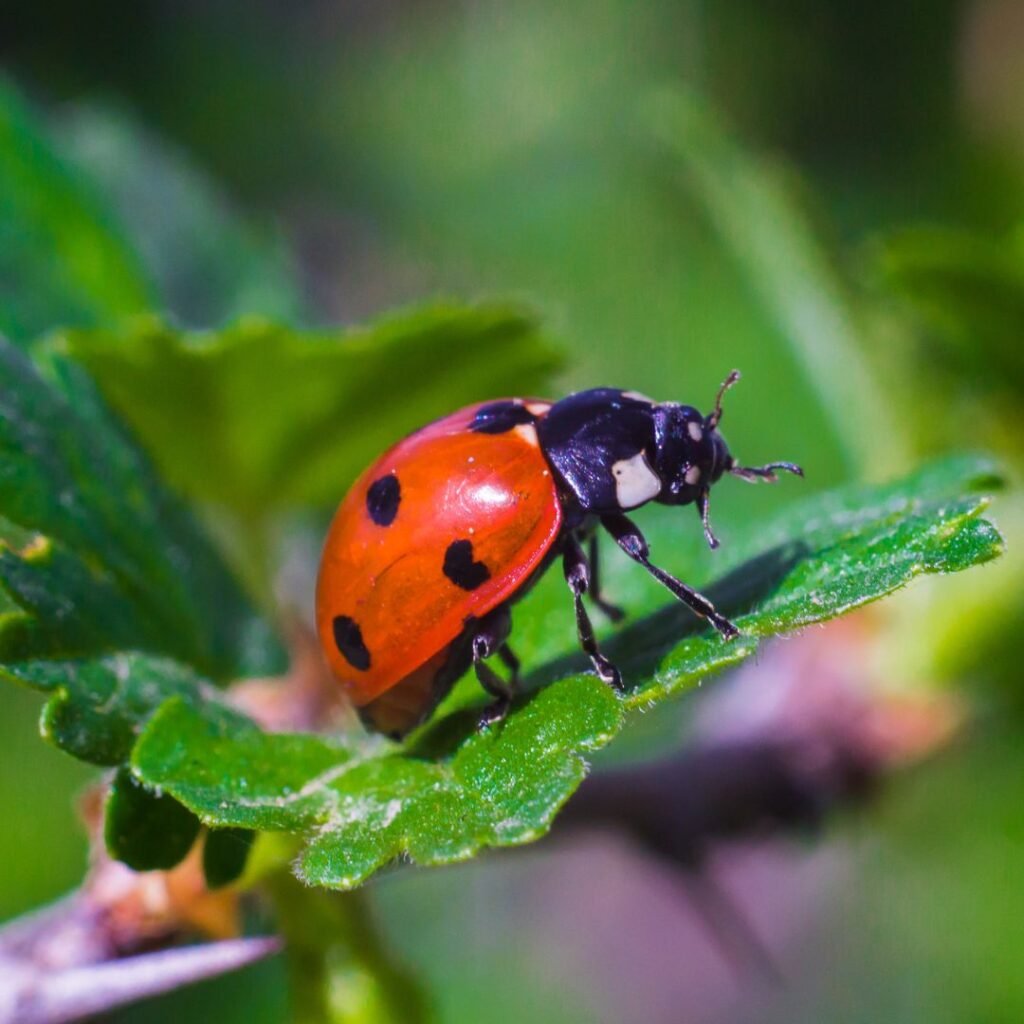
I’m always looking for ways to avoid harsh chemicals. One trick I love is releasing ladybugs in my plant collection.
They eat pests like aphids and spider mites. I get live ladybugs from a garden center or order them online.
I let them loose in the evening when it’s cooler. That way, they’re more likely to stick around and get to work.
Ladybugs are safe for houseplants. They don’t bother the leaves or flowers, just the bugs.
They’ll stay as long as there’s food. If I see fewer bugs and the ladybugs start to wander, I know it’s time for another pest check.
I’ll mist the leaves with water before releasing them. It helps the ladybugs settle in.
No pesticides if I’m using ladybugs. Chemicals will drive them away or worse, harm them.
Watching ladybugs do their thing is actually pretty fun. I like knowing nature’s helping out.
Adding ladybugs to my pest control routine keeps things healthier and chemical-free.
5) Wipe leaves with a mixture of water and mild dish soap

One easy fix I use is wiping the leaves with water and a little dish soap.
I just mix a couple drops of unscented, gentle soap in a bowl of water. Then I dip a soft cloth or sponge in and gently wipe both sides of each leaf.
This helps get rid of bugs, dust, and sticky stuff. It works well for pests like aphids, spider mites, and mealybugs hiding on the leaves.
I’m careful not to scrub too hard. Afterward, I rinse the leaves with plain water to get rid of any leftover soap.
If pests come back, I’ll do it again in a week or two. Regular wiping keeps my plants looking fresh all summer.
I always test the soap mix on a small spot first. If there’s no damage after a day, I keep going.
Honestly, using stuff from my kitchen for plant care just makes sense. It’s cheap, easy, and eco-friendly.
6) Apply diatomaceous earth around the base of plants
If I spot small crawling bugs in my plants, I reach for diatomaceous earth. It’s a powder that kills pests naturally—no chemicals needed.
I sprinkle it gently around the base of each plant. Diatomaceous earth dries out insect bodies. People and pets are fine if you use it right, but I always wear a mask to avoid breathing in the dust.
I wait until the soil is dry before applying, since wet soil makes it clump and work less well. After sprinkling, I leave a thin layer so bugs have to crawl through it.
If I water my plants, I put down more diatomaceous earth after. Water washes it away.
I don’t put the powder directly on leaves. It’s really for the soil where most pests sneak in.
It’s a quick, safe fix for pest season. Just a little bit goes a long way.
7) Quarantine new plants before adding them to your collection

I always keep new plants separate from the rest for at least two weeks. It’s the best way to make sure they’re not hiding pests.
During quarantine, I check the leaves and soil every day. I look under the leaves and around the pots for bugs or sticky spots.
If I see anything weird, I treat it before moving the plant near my others. I’ll even wipe the leaves down to be extra safe.
Keeping new plants isolated stops pests from spreading. Sometimes I set them in a different room or on a separate table.
If I need to treat a new plant, I know I’m not risking my favorites. Quarantine is a simple step, but it really helps.
8) Remove heavily infested leaves immediately

When I see a leaf covered in bugs, I don’t wait. I cut off infested leaves right away so the pests can’t spread.
I use clean, sharp scissors or pruning shears for this. I take off the whole leaf, not just part of it.
That way, pests like aphids and spider mites can’t move to other leaves. I toss the infested leaves in a sealed bag and throw them out—never in the compost.
If a plant has a lot of bad leaves, I try to save as many healthy ones as I can. Sometimes it ends up looking a bit bare, but most houseplants bounce back.
Removing bad leaves is quick and works well. I do it every time I check my plants in summer, just to stay ahead of the pests.
Why Summer Increases Houseplant Pest Risks
I’ve noticed pests show up way more when it’s hot out. High temperatures and humidity let them multiply fast, so it’s a real challenge to keep plants healthy.
Warm Weather and Pest Activity
Warm summer temps are perfect for pests like spider mites, aphids, and whiteflies. They love the heat and seem to move faster and multiply more when it’s hot.
In temperatures above 75°F (24°C),
- Eggs hatch quicker
- Pests spread to new plants faster
This means I have to check my houseplants more often for signs like webbing, sticky leaves, or tiny bugs crawling around. A pest problem can get out of hand in just a few days if I don’t stay on top of things.
Humidity’s Effect on Pest Infestations
From what I’ve noticed, pests like fungus gnats, mealybugs, and some scale insects really thrive in high humidity. When the air is damp, these bugs seem to multiply faster, especially in pots with soggy soil or plants that have big, leafy canopies.
Key issues caused by humidity:
| High Humidity | Pest Impact |
|---|---|
| Damp soil | More fungus gnats |
| Wet leaves | Mold, mealybugs |
Excess moisture gives pests a perfect hiding spot and a place to lay eggs. I’ve learned (sometimes the hard way) to double-check the soil and always water at the base to keep the leaves dry.
Best Practices for Preventing Future Pest Issues
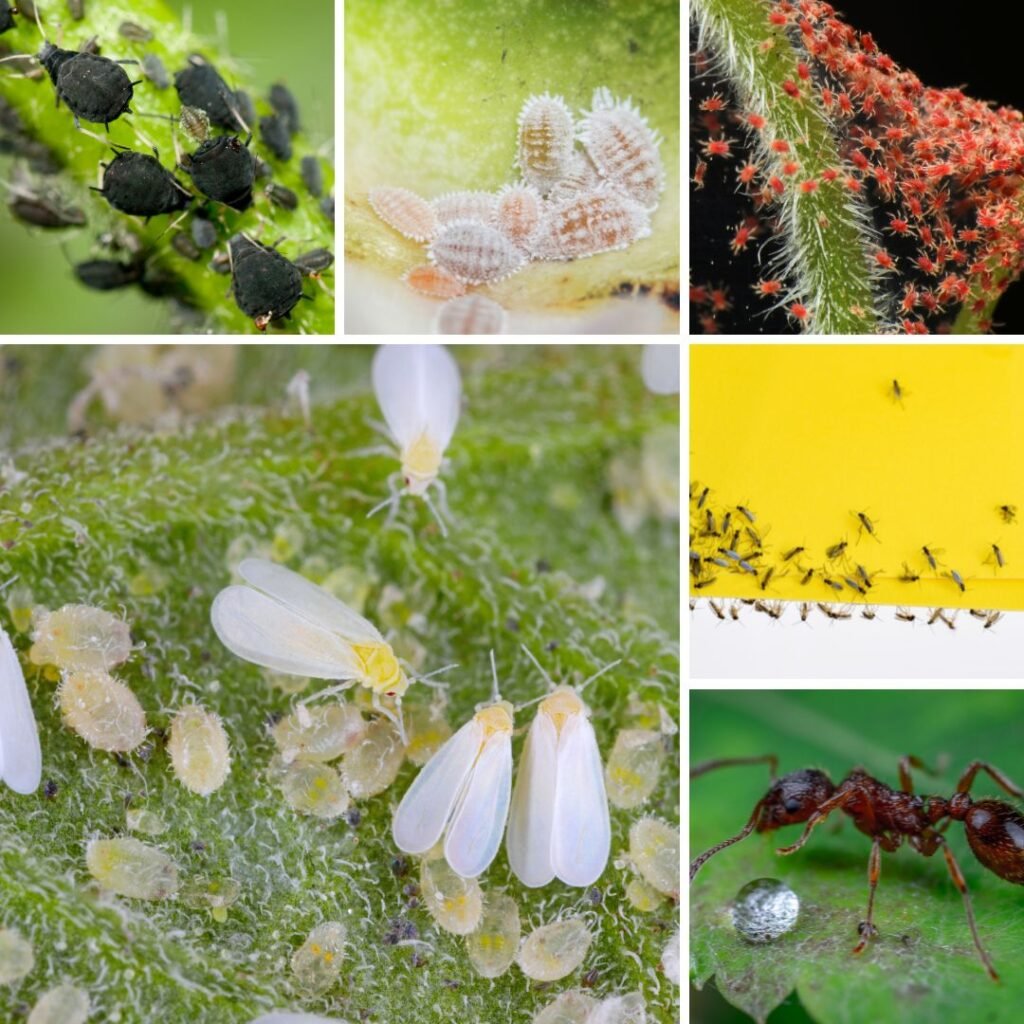
To keep my houseplants healthy and pest-free, I try to check on them often and make things less cozy for unwanted bugs. It’s easier to fix small problems before they get out of hand.
Monitoring and Early Detection
Once a week, I get up close and personal with my plants—especially under the leaves and around the stems. Catching pests like spider mites, aphids, or mealybugs early really makes a difference.
If I spot sticky residue, tiny webs, or little bugs, I act fast. A small magnifying glass helps me see the really tiny critters.
I keep a checklist so I remember to look for things like spots, holes, or webbing. Jotting down what I find helps me notice changes quickly.
If something seems off, I’ll isolate the plant to keep pests from spreading to the rest.
Creating an Unwelcoming Environment for Pests
I try not to overwater because damp soil attracts fungus gnats and other pests. Wiping the leaves with a damp cloth helps remove dust and keeps bugs from settling in.
Spacing my plants out for better air circulation is something I’ve found really helps. I always wash new pots and tools before using them, and I check new plants for hitchhikers before bringing them inside.
Dead leaves and debris come out of the soil right away—no sense giving bugs a hideout. Yellow sticky traps are a simple way I catch flying insects before they become a bigger problem.
Frequently Asked Questions
I stick with simple, safe steps to keep pests away from my houseplants in the summer. Staying alert and acting quickly goes a long way.
What natural methods can I use to eliminate pests on my indoor plants?
I usually mix a little mild dish soap with water and gently wipe the leaves. Neem oil spray is another go-to—it works well for bugs like aphids and mites.
I try to avoid anything too harsh that could hurt my plants. No one wants crispy leaves.
How can I safely quarantine new plants to prevent spreading pests?
I keep new plants away from my others for at least two weeks. Every day, I check their leaves and soil for any signs of bugs or webs.
If I see pests, I treat the new plant right away before it joins the rest.
Can you recommend some beneficial insects to help control pests in houseplants?
I’ve used ladybugs to eat aphids and other soft-bodied bugs. Sometimes I’ll try out green lacewing larvae—they’re pretty good at taking care of harmful insects too.
These helpful bugs are safe for most houseplants and won’t bother people.
What’s the most effective way to identify different pests on my indoor plants?
A magnifying glass is my best friend for spotting tiny bugs on leaves and stems. I always check under the leaves, since pests love to hide there.
Looking up photos of common plant pests online helps me match what I find—sometimes it’s tricky!
How can I deal with the little black bugs I’ve found on my houseplants?
When I spot small black bugs like fungus gnats, I let the soil dry out between waterings. Picking off any adult bugs I see helps too.
I’ll also use yellow sticky traps to catch flying pests and keep their numbers down.
What are the best non-toxic pesticides to use on my indoor plants for flying pests?
Honestly, I tend to reach for insecticidal soap first—it’s usually safe for most plants and people, which is a relief. Neem oil works well against flying pests, too, though sometimes the smell isn’t my favorite.
I’d definitely recommend testing any spray on a small part of your plant first, just in case. You never know how a particular leaf might react.
Recommended Garden Supplies
| Product Image | Our Recommended Gardening Supplies | Check Offers! |
|---|---|---|
Top Top
Top
Top
Top
Top
Top
Top
Top | rePotme Houseplant and Tropical Classic Potting Soil Mix | Check Offer On Amazon |
 Top
Top
Top
Top
Top
Top
Top
Top | Espoma Organic Indoor Plant Food | Check Offer On Amazon |
 Top
Top
Top
Top
Top
Top
Top
Top | GooingTop LED Grow Light 6000K Full Spectrum Clip Plant Growing Lamp | Check Offer On Amazon |
 Top
Top
Top
Top
Top
Top
Top
Top | Soil Moisture Meter | Check Offer On Amazon |
 Top
Top
Top
Top
Top
Top
Top
Top | Govee Hygrometer Thermometer, Bluetooth Enabled! | Check Offer On Amazon |
 Top
Top | LEVOIT Humidifiers for Large Room(Best For Plants) | Check Offer On Amazon |
 Top
Top
Top
Top
Top
Top
Top
Top | Upgraded DIY Automatic Drip Irrigation Kit, 15 Potted Houseplants Support | Check Offer On Amazon |
 Top
Top
Top
Top
Top
Top
Top
Top | Stainless Steel Heavy Duty Gardening Tool Set | Check Offer On Amazon |
 Top
Top
Top
Top
Top
Top
Top
Top | Bonide Insecticidal Soap | Check Offer On Amazon |
 Top
Top
Top
Top
Top
Top
Top
Top | Bonide 32 oz Spray Neem Oil for Organic Gardening | Check Offer On Amazon |
 Top
Top
Top
Top
Top
Top
Top
Top | Garden Safe Fungicide | Check Offer On Amazon |

